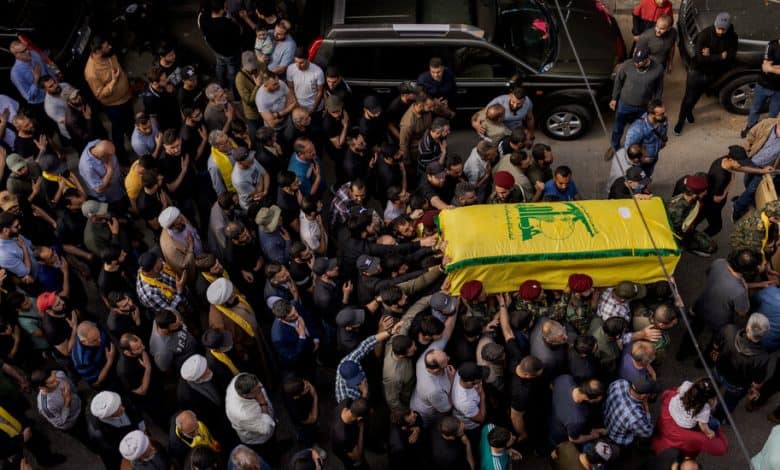A Careful Dance: How Hezbollah and Israel Have Kept the Lid on a Wider War

Set to a peppy electronic soundtrack, a recent video clip showed what the Hezbollah militia said was a missile-firing drone, a new weapon in its arsenal as it ratchets up its strikes on Israel.
Flaunting a new weapon is the type of muscle flexing that Hassan Nasrallah, the organization’s elusive leader, crows about. “What protects you is your strength, your courage, your fists, your weapons, your missiles and your presence in the field,” he said in an address earlier this year.
Hezbollah’s attacks, which started last October in solidarity with Hamas in the Gaza war, have gradually intensified as the group uses larger and more sophisticated weapons to strike more often and deeper beyond the border between Israel and Lebanon. Israel, too, is hitting targets farther into Lebanon.
The latest surge by Hezbollah came this week, with a series of daily drone strikes by the militia hitting some civilian targets well into Israel. Senior officials starting with Israeli Prime Minister Benjamin Netanyahu stoked their rhetorical threats against Hezbollah, suggesting that a day of reckoning was close at hand.
Yet whenever the fighting escalates, both Hezbollah and Israel seem to calibrate their tit-for-tat attacks so that no strike starts a larger conflict. While concerns about a wider war remain, both sides appear hamstrung in different ways that force restraint.
The video clip — released by Hezbollah’s military media office in May — illustrates how in some ways, the group has never been stronger. Its main patron, Iran, has supplied an increasingly powerful range of missiles. Plus Hezbollah gained valuable battlefield experience after years of deploying what is believed to be at least 2,500 special forces troops in Syria to help shore up the rule of President Bashar al-Assad.
